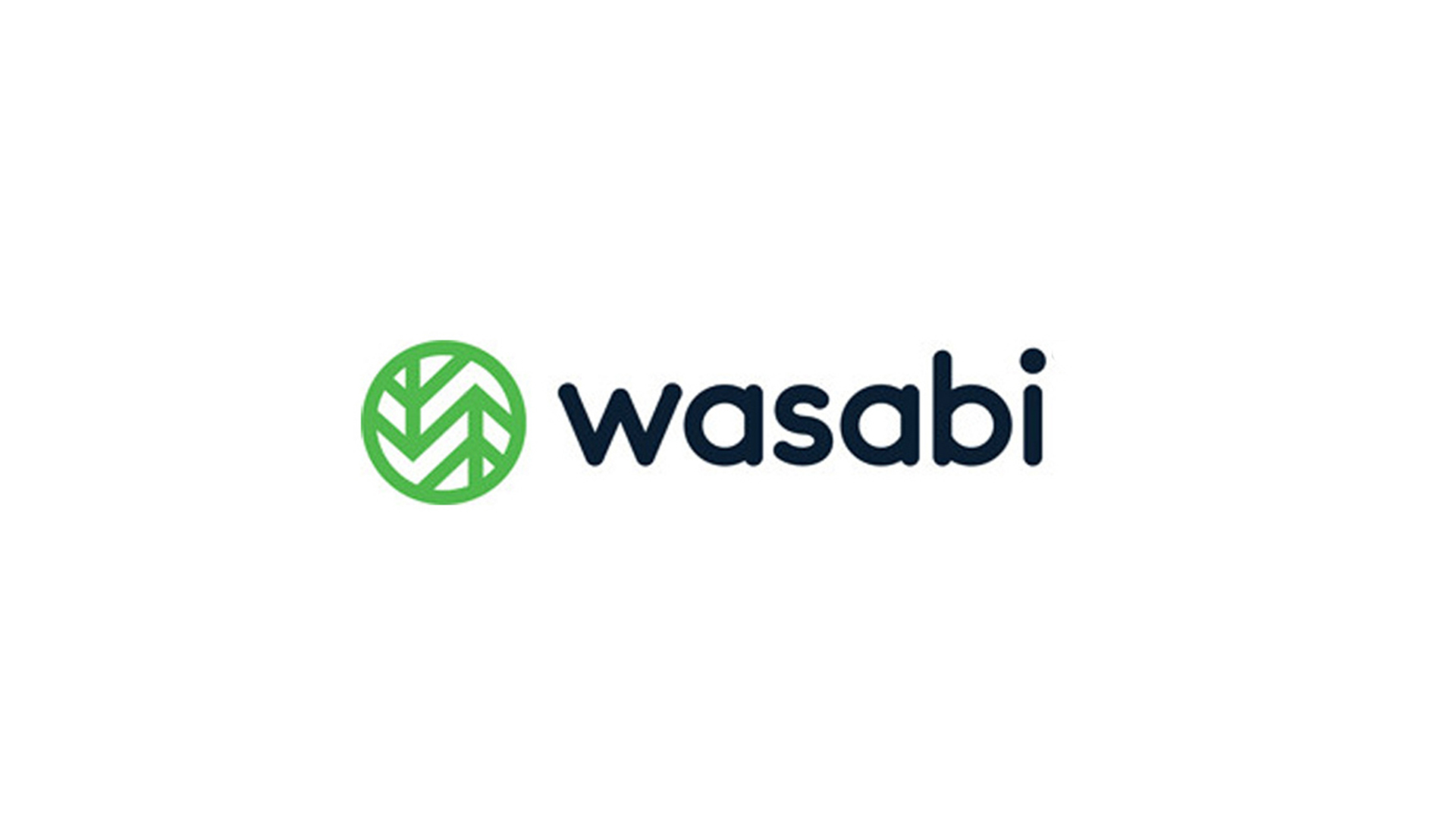How to give your sales a human touch
Despite free access to a plethora of information, customers have rarely been as confused as they are today, argues Myles Leach

In this era of digitisation, customers have access to your product information online and can cross-check it against competitors with a click of a button.
Many vendors are tackling this by making investments into sales automation technologies, such as self-service portals. These technologies certainly have their merits, but when it comes to sales we must never forget that it's often the human touch that can tip the scales.
Despite free access to a plethora of information and digitally transformed sourcing processes, customers have rarely been as confused as they are today. This wealth of information is increasingly unsettling customers' buying behaviour. This online world, with all its digital possibilities, can certainly make people more efficient – but it can also paralyse people. The time is ripe for the human touch in sales.
Understand your customers
The first priority is to understand how your current customers want to interact with you. It's faster and easier to up-sell and cross-sell to existing customers, who already believe in your proposition than acquire new ones.
You'll be surprised at how many of them would rather have personal contact than interacting digitally. According to recent research by McKinsey on B2B sales, 76% of customers said that personal contact is their biggest priority when it comes to buying a new product.
A place for technology
Of course, there are sales transactions that can be handled more effectively via digital channels once a customer is bought into a product. For example, an online shop beats manual order processing by phone or email when it comes to efficiency.
Nevertheless, as soon as contractual conditions change, or a new product is just around the corner, the sales team needs to be ready to engage with personal contact.
ChannelPro Newsletter
Stay up to date with the latest Channel industry news and analysis with our twice-weekly newsletter
Reduce information to its core
Another benefit of human contact is that you can sense the tone of the customer, probe their pain points and ensure that you get to the crux of the problem – allowing you to send tailored information. It's often the case that when a customer asks a question via email they are faced with a barrage of information – a dozen white papers, regular invitations to webinars, numerous case studies – which results in a confused customer who is unable to make a decision.
More information and more options increase the complexity of the already difficult decision-making process. If your customer is looking for as much information as possible, they can check Google themselves. However, when it comes to receiving an honest answer, human empathy and sincerity are things they won't necessarily be able to receive from a search engine. That requires personal dialogue.
Keeping the customer
With the multitude of product alternatives available, it's likely customers will experience what's known as post-purchase anxiety, a phenomenon that is especially well known in the B2B environment.
Customers struggle with the question of whether there might have been a better product for them. This isn't just a matter of someone missing out on a product or service that may be more suitable – in many cases a client's personal reputation and potentially their career prospects are at stake.
With the human touch, customers can feel supported in making a reliable decision at any time. However, to enable this level of trust, the sales rep must show commitment from the first step in the sales cycle. They must ensure that they are only making suggestions that can be backed up with plausible facts and ensure that they believe in the recommendations they are making. This will also likely result in referrals – another huge benefit of the human touch, which technology cannot emulate.
Let technology take the back seat
With marketing automation solutions, you can automate many steps in the early stages of the marketing and sales funnel. Potential customers browse your company's website and download information to help them prepare for the purchase decision. However, they themselves decide when to reveal themselves to your company, for example, by filling out a contact form.
This is the first point of interaction between your potential future customer and your company, and it's also the moment when it's paramount to get the right mix between necessary restraint and personal relationship building. The goal is to show that people that you stand behind your brand and offer your customers personal, non-binding contact options as early as possible, such as a free telephone consultation.
As in many business areas, the last few years in sales have been characterised by the trend towards self-service. However, sales experts should try to bring options for personal contact back into play as soon as possible.
Digital marketing and sales campaigns almost always run via email, but emails are relied upon far too often. In contrast, a personal contact signals reachability, service orientation and humanity – all things that every customer appreciates, time and time again.
Myles Leach is managing director at NFON UK
-
 This tech company wants to pay staff to look after their mental and physical wellbeing
This tech company wants to pay staff to look after their mental and physical wellbeingNews Hot on the heels of its four-day week trial, tech company Thrive is offering staff new incentives to take care of their mental and physical wellbeing.
By Ross Kelly
-
 Hacked law firm 'didn't think it was a data breach' – the ICO disagreed
Hacked law firm 'didn't think it was a data breach' – the ICO disagreedNews The ICO has fined DPP Law for failing to report an attack that saw confidential information released on the dark web
By Emma Woollacott
-
 Cisco names Oliver Tuszik as global sales chief
Cisco names Oliver Tuszik as global sales chiefNews Cisco has announced the appointment of Oliver Tuszik as its new executive vice president of global sales, who replaces Gary Steele.
By Daniel Todd
-
 Selling on outcomes, not solutions – how the channel can improve sales success in 2025
Selling on outcomes, not solutions – how the channel can improve sales success in 2025Industry Insights The traditional solutions-led approach to channel sales needs to be adapted – here’s how
By Phil Skelton
-
 Wasabi Technologies promotes Jon Howes to SVP of global sales
Wasabi Technologies promotes Jon Howes to SVP of global salesNews The industry veteran will lead the cloud storage firm’s global sales operations as it looks to further growth
By Daniel Todd
-
 Why technology resellers are essential to UK government
Why technology resellers are essential to UK governmentIndustry Insight Technology resellers can play a pivotal role in supporting public sector digital transformation
By Sean Collins
-
 How the channel can maximize market opportunities for business growth
How the channel can maximize market opportunities for business growthIndustry Insight Adapting to emerging technology trends, fostering closer client relationships, and building a strong online presence will be key to maximizing channel growth
By Anton Shelepchuk
-
 Understanding the customer journey is key to building stronger client relationships
Understanding the customer journey is key to building stronger client relationshipsIndustry Insight Understanding the complexities of the modern customer journey will be key to fostering robust, long-term relationships with clients
By Tony McNish
-
 Building channel resilience in 2023 and beyond
Building channel resilience in 2023 and beyondIndustry Insight Building a resilient, robust channel ecosystem could be key to weathering current economic trends
By John Nolan
-
 Veritas bolsters partner program with new incentives and rewards
Veritas bolsters partner program with new incentives and rewardsNews A simplified channel platform process will enable partners to focus on their core strengths in FY24, the company says
By Daniel Todd